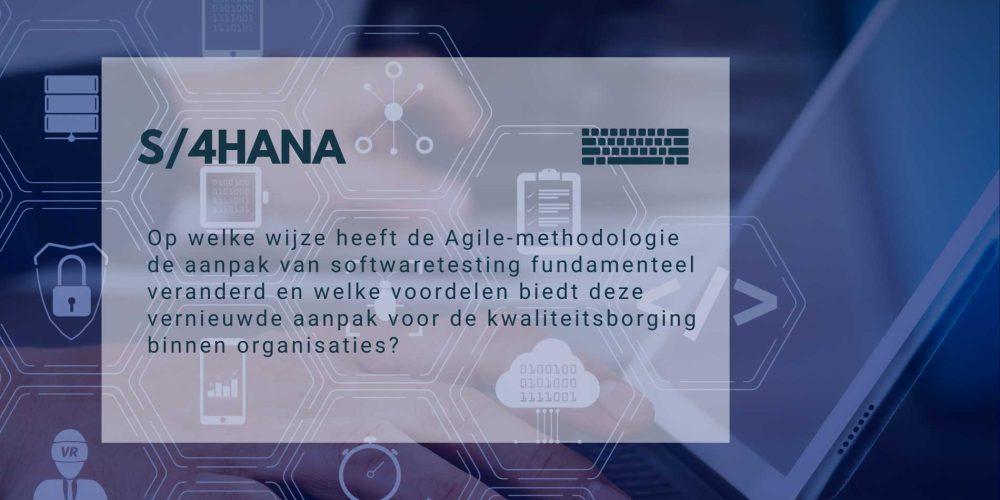
The world of software development is constantly evolving, and organizations must adapt to rapidly changing market and customer needs. One of the most prominent methodologies that enables this adaptation is Agile. Within Agile, software testing is no longer a separate phase that follows development, but an integrated part of the entire development process. In this blog post, we discuss how Agile has changed the approach to software testing and what benefits it offers for quality assurance.
Agile is an iterative and incremental approach to software development that promotes collaboration, flexibility and customer focus. Instead of working to a rigid plan, as with the waterfall method, Agile breaks down the development process into small, manageable chunks known as sprints. Each sprint results in a working product increment that is evaluated and adjusted based on feedback.
In traditional waterfall projects, testing often took place at the end of the development process, leading to the discovery of critical errors just before release. This could cause delays and high costs. Agile has dramatically changed this approach by integrating testing into every stage of development.
In an Agile environment, testing starts from the first sprint and continues until the project is complete. This means that testers continuously work with developers, product owners and other stakeholders to identify and resolve problems early. This early and continuous feedback loop ensures that errors are fixed quickly and that the software is of higher quality with each iteration.
Test automation is a crucial element within Agile. Automated testing allows for quick and efficient regression testing, which is essential in an environment where new features are added regularly. By automating, teams can reduce the time required for manual testing and focus on more complex test scenarios that require human review.
Agile teams are multidisciplinary and self-organizing. This means that testers, developers and other team members work closely together to achieve common goals. Testers are no longer solely responsible for finding bugs, but also contribute to the design and development of testing strategies. This collaboration ensures shared responsibility for the quality of the final product.
By integrating testing into every stage of the development process, teams can identify and fix problems early. This leads to a higher quality end product and reduces the risk of costly fixes later in the process.
Agile enables teams to respond faster to changing market needs. Through iterative sprints and continuous feedback, new features can be developed and tested faster, resulting in a shorter time-to-market.
In an Agile environment, teams can respond quickly to changes in project requirements or customer feedback. This flexibility allows them to adjust priorities and ensure that the final product better meets customer needs.
The Agile approach promotes collaboration and communication among team members and stakeholders. Regular sprint reviews and retrospectives ensure transparency and a shared understanding of project goals and challenges. This leads to a more cohesive team and better decision-making.
While Agile offers many benefits, it also brings challenges. It is essential to strike the right balance between speed and quality, and to ensure that test automation is implemented effectively.
Setting up a robust test automation framework requires an initial investment in time and resources, but it pays off in terms of faster test cycles and higher reliability.
Agile is all about continuous improvement. It is important to hold regular retrospectives and learn lessons from each sprint. This helps teams adjust and improve their processes.
Effective collaboration between developers, testers and other team members is crucial to Agile success. Make sure communication is open and transparent, and that everyone is involved in the quality assurance process.
Agile has fundamentally changed the way software testing is performed. By integrating testing into the entire development process, teams can work faster and more efficiently, resulting in a higher quality end product. For organizations that want to compete in today’s rapidly changing technology environment, embracing Agile in software testing is no longer an option, but a necessity.
At M2Q, we believe the future of quality assurance lies in this agile, collaborative approach, and we are here to help you achieve this transformation.
“Want to dig deeper into Agile and discover why it’s more than just window dressing? Then listen to our podcast at this link: m2q.be/news/agile-is-more-than-windowdressing/
Veldkant 33a
2550 Kontich
Lucky Lukestraat 6
8500 Kortrijk
BE 0472.593.797
Stay up to date with the latest news
Stay up to date with the latest news